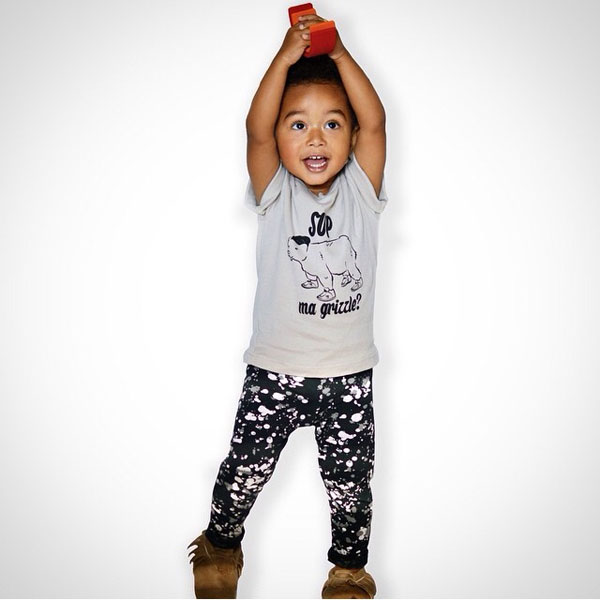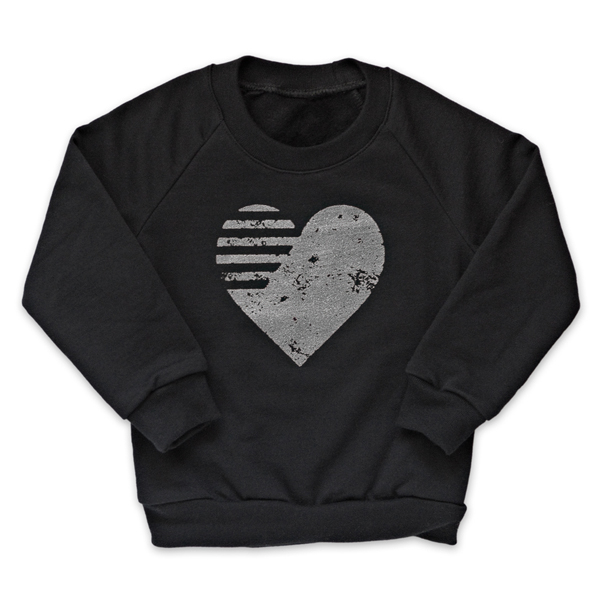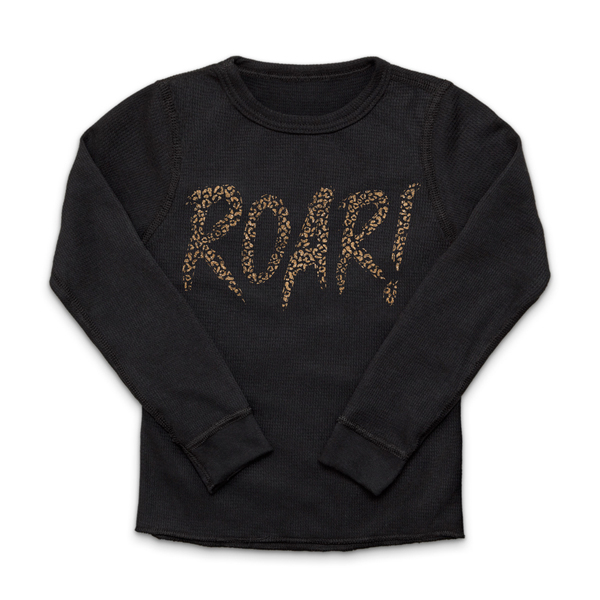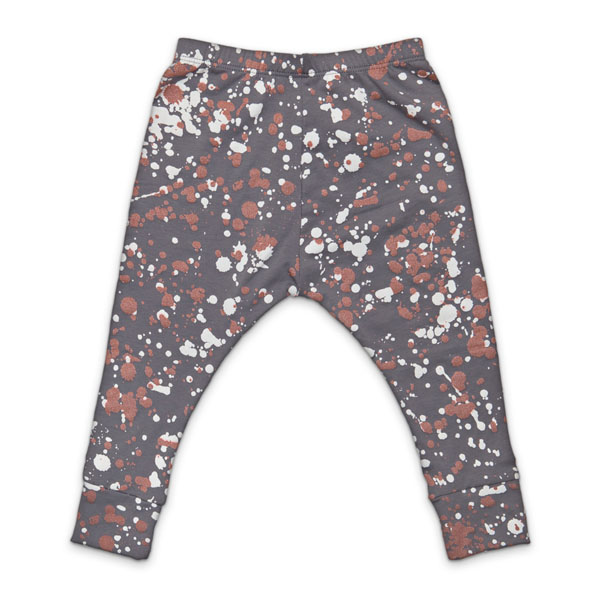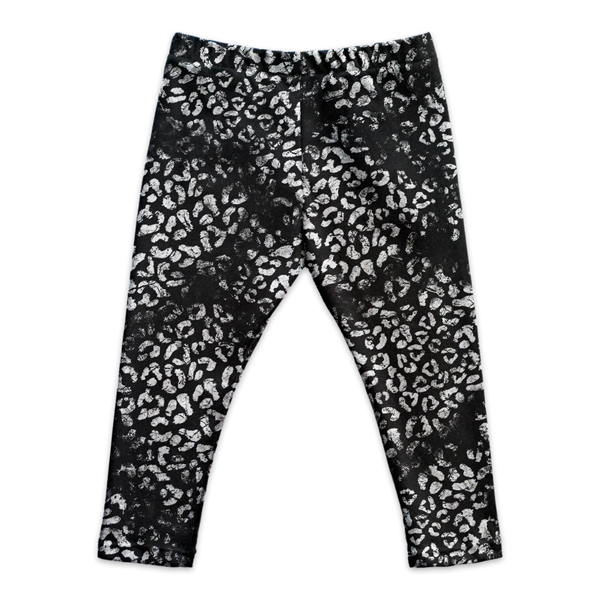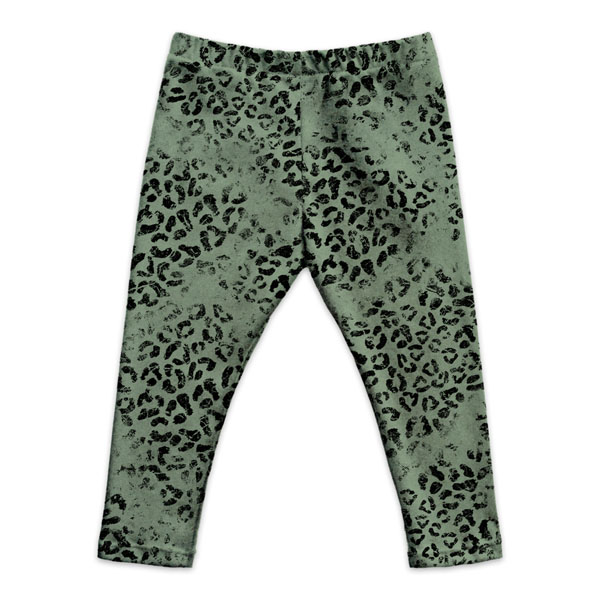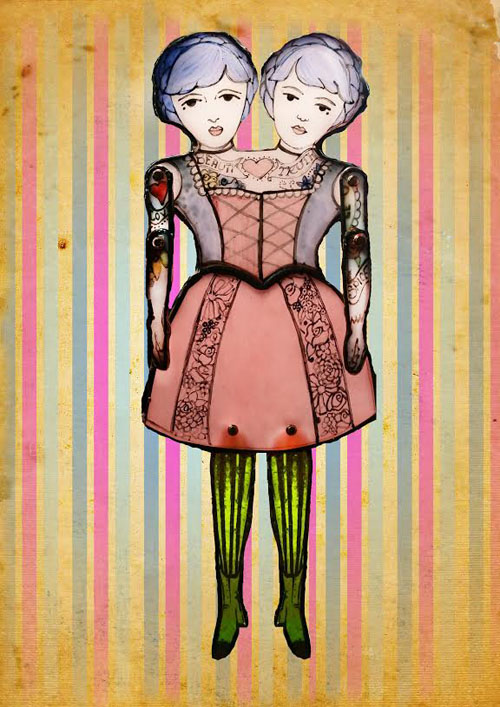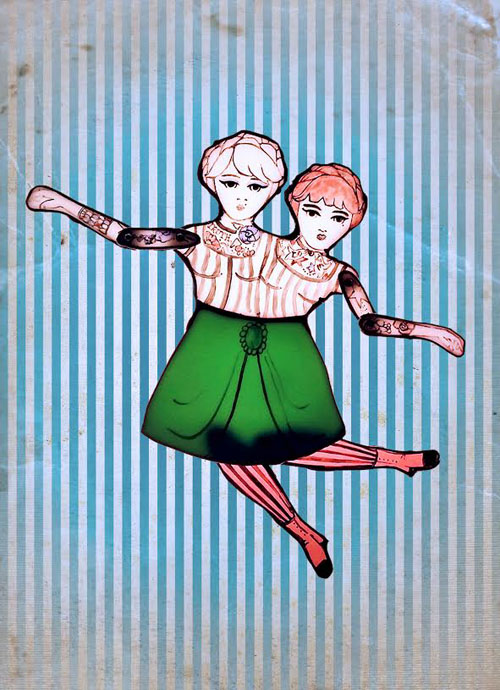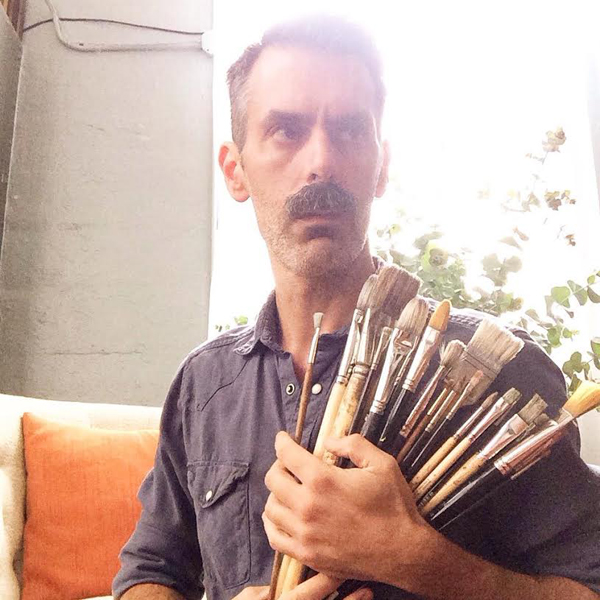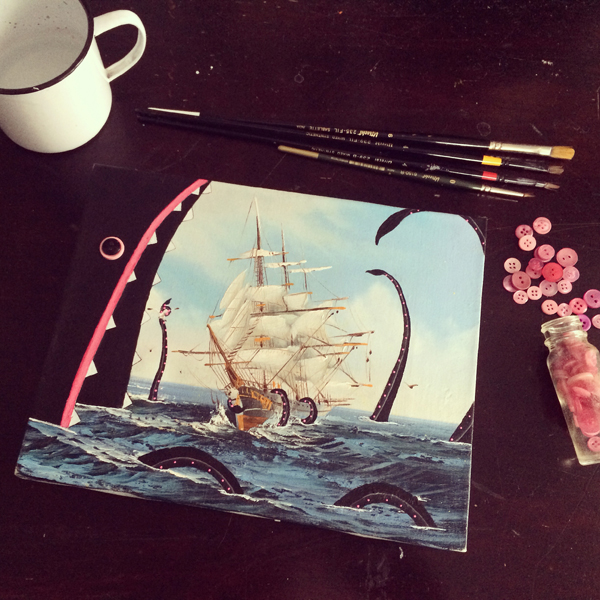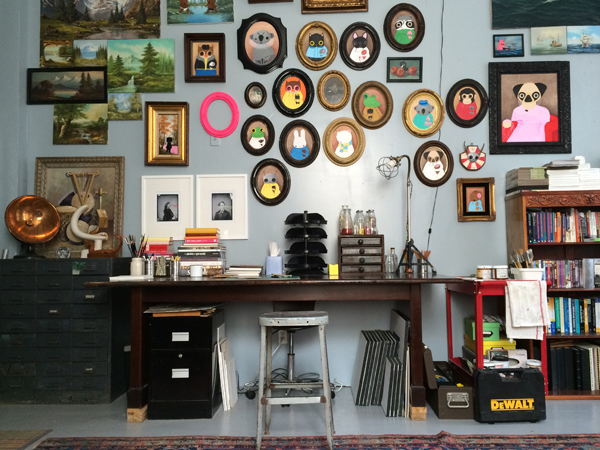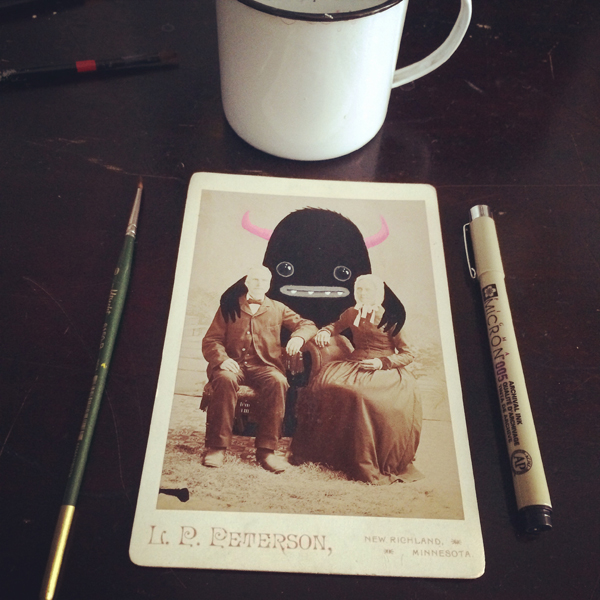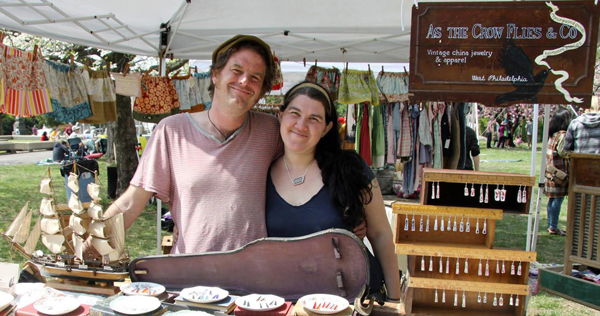
As the Crow Flies & Co is a little family business in West Philadelphia run by Mike and Wilder Scott-Straight. Married for almost ten years, they started As the Crow Flies & Co five years ago combining their efforts. Mike has been making jewelry for over 20 years since he was a youth vending stained glass jewelry on Telegraph Ave in Berkeley, Ca. Wilder technically could have met him then, as they both moved to the Bay Area at the same time, lived in the same neighborhood and frequented the same places. That however, wasn’t meant to be and they didn’t meet until 10 years later when they had both gone back to the east coast and discovered a mutual love of all things old and the joys of flea marketing together. That joy led to Wilder’s vintage plate collection, which led to much of the jewelry that Mike makes today.
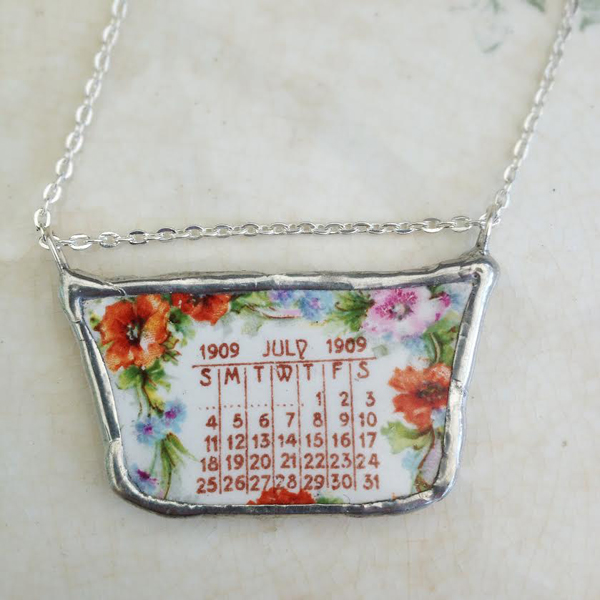
The story goes, that one of Wilder’s favorite calendar plates fell and broke. Mike who up until that time had just made stained glass jewelry thought maybe he could make something for her with the broken shards. He made a piece for her and a few more too and soon he was looking around to see what other plates were damaged enough to cut up.
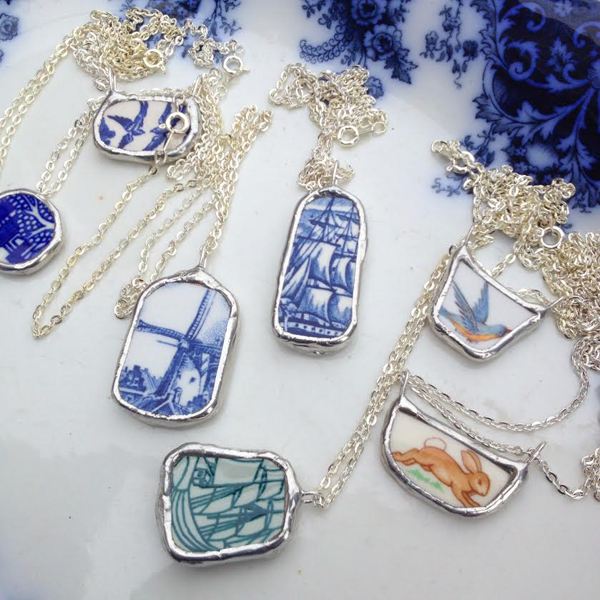
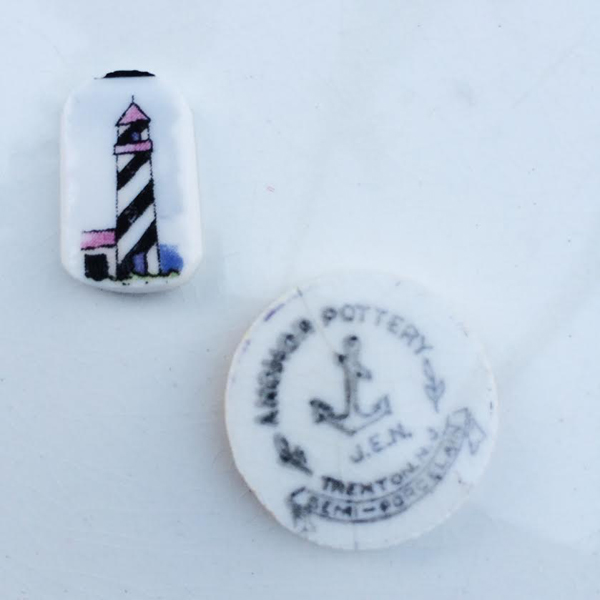
Over the last 7 years he’s perfected his technique and his eye. He looks for interesting images and patterns, cropping them carefully from the original plate. He tries to find the stories in these images and hopes you can see them too. He has a love of all things nautical so ships and lighthouses always abound as do birds. By choosing already damaged plates from flea markets to work with, he brings new life to an otherwise discarded object.
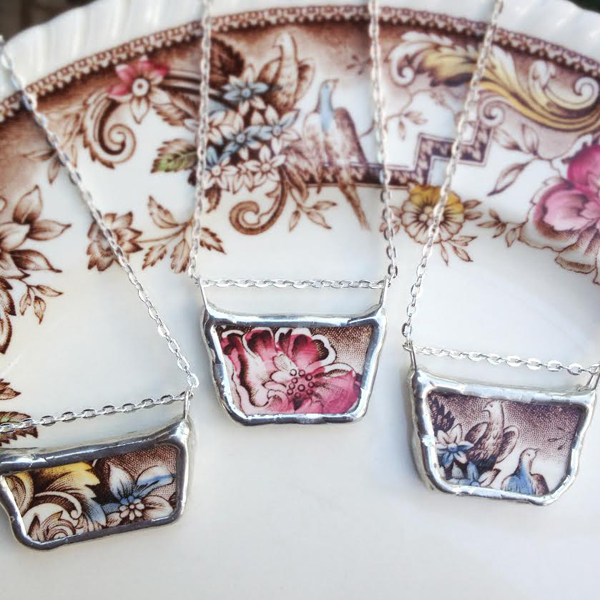
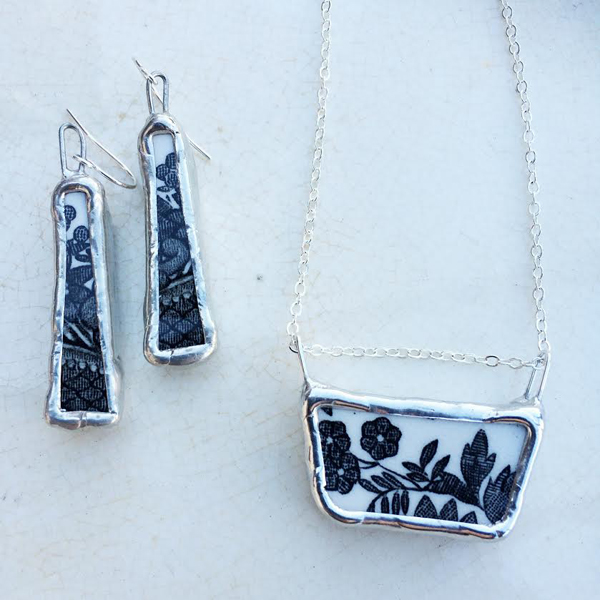
Vintage dishes are storytellers, steeped in history. The original makers in Europe and the US have a fascinating past to them, as do many of the patterns and the places they came from. The original owners, and their stories also have tales to tell. Mike does a lot of custom work from family dishes that have been well loved over time. By making the broken shards into necklaces, earrings and cuff links, families can keep the memories and have something uniquely wearable to show.
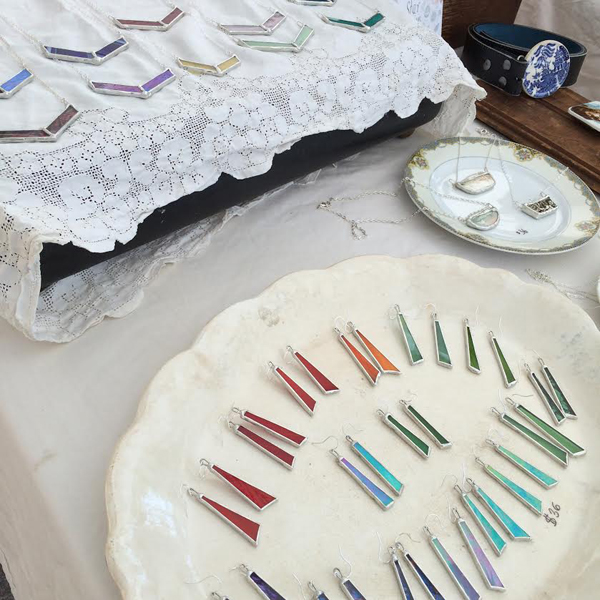
Mike has kept doing stained glass, his first love as well. With an art deco aesthetic he makes earrings and necklaces. Just recently he started making chevrons, based on the windows of his 1903 West Philadelphia home.
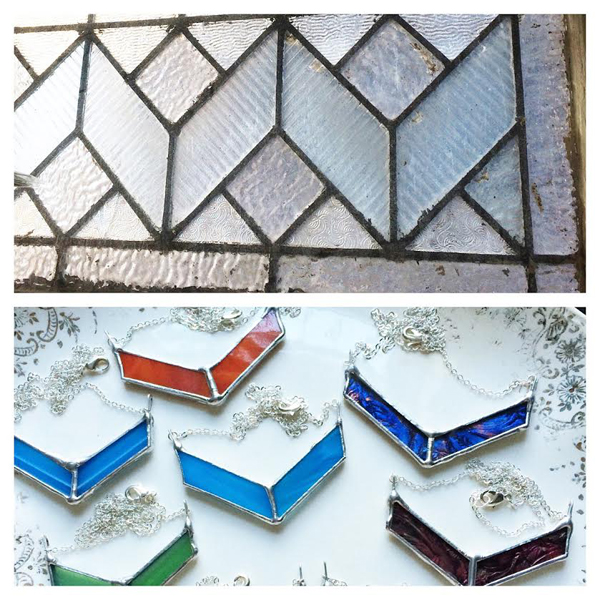 Wilder always had an eye for color and fabric. She originally started with knitwear but when their daughter came along she wanted to make timeless clothes that weren’t easily found in shops. Believe it or not she’d always been intimidated by sewing, mostly due to the half broken machines that she’d found in thrift stores and been working on. Her friend gave her some expert advice, buy a cheap, new machine with instructions (this is key) and learn the ropes on that. She did and with a few quick lessons from said friend, figured out sewing was not as terrifying as she’d first thought. It, in fact, was fun and liberating!
Wilder always had an eye for color and fabric. She originally started with knitwear but when their daughter came along she wanted to make timeless clothes that weren’t easily found in shops. Believe it or not she’d always been intimidated by sewing, mostly due to the half broken machines that she’d found in thrift stores and been working on. Her friend gave her some expert advice, buy a cheap, new machine with instructions (this is key) and learn the ropes on that. She did and with a few quick lessons from said friend, figured out sewing was not as terrifying as she’d first thought. It, in fact, was fun and liberating!
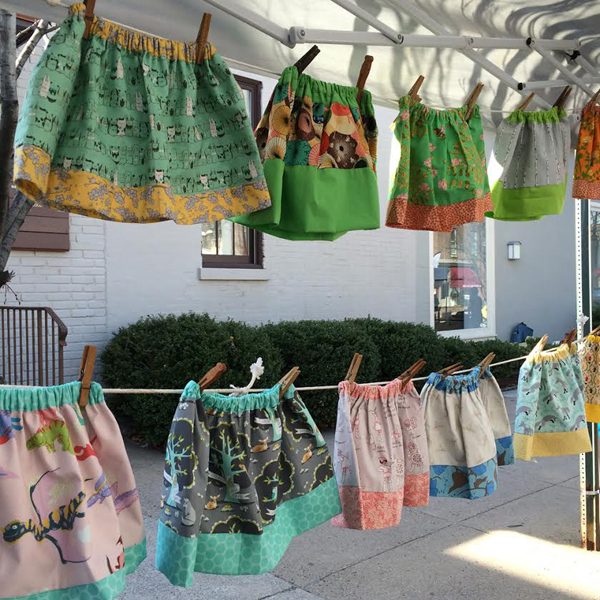
Wilder uses simple, timeless, vintage patterns and combines them with new designer fabrics to create a fresh look that’s sweet and harkens back to bygone days. Her inspirations come from her some of her favorite childhood books, Pippi Longstocking, Anne of Green Gables and The Princess and The Goblin.
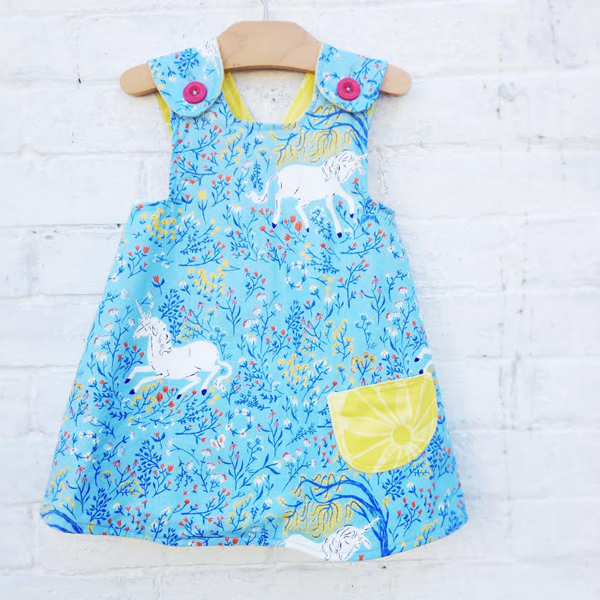
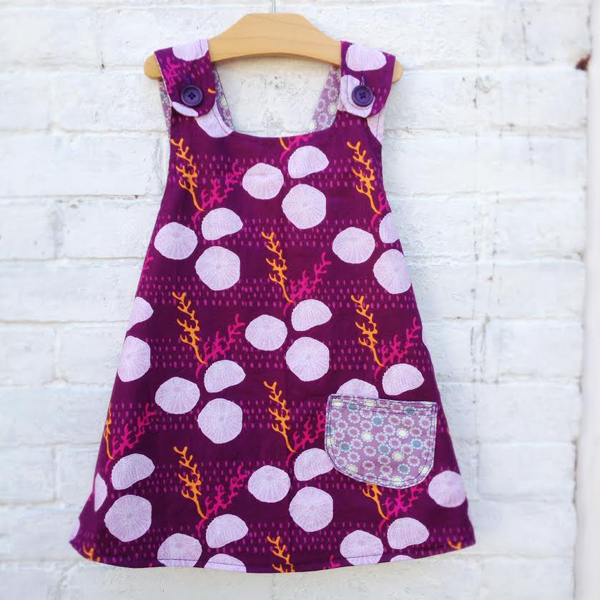
At the moment she only makes girl’s clothes but with the new addition of a little boy to the family she realizes boy clothing is going to have to happen soon (look out for it this fall).
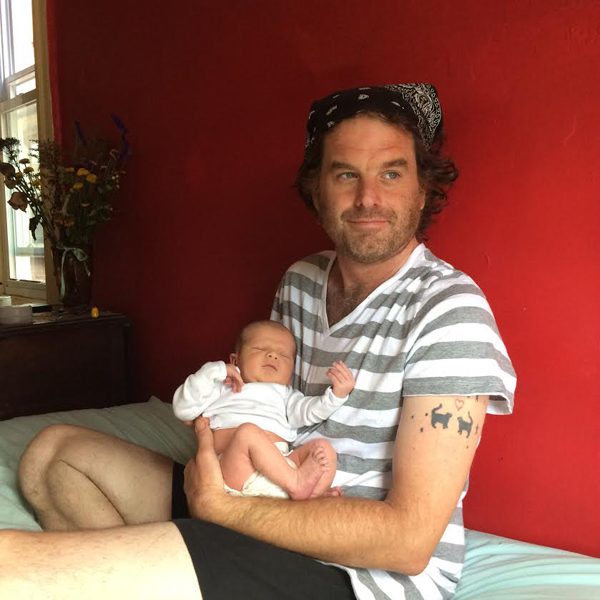
Mike is excited to be vending at the Art Star Craft Bazaar in Asbury Park, which was his grandmothers old summer stomping ground in the 1920s. He’ll be there with plenty of ships and lighthouses as well as stained glass brights and Wilder’s summer dresses and skirts, perfect for the beach.
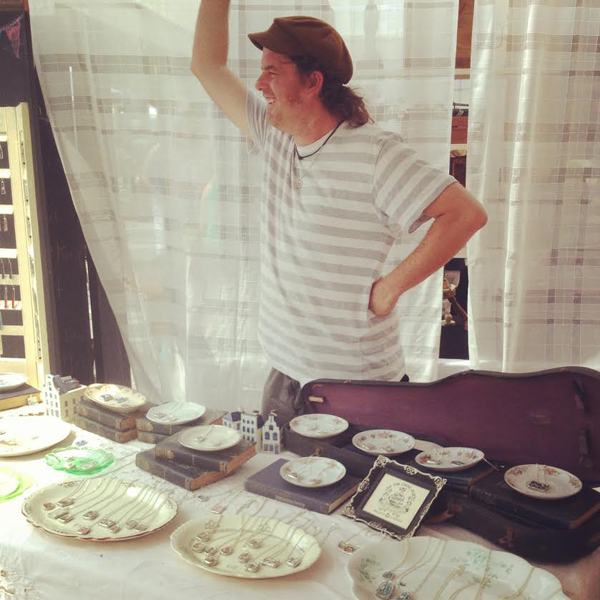
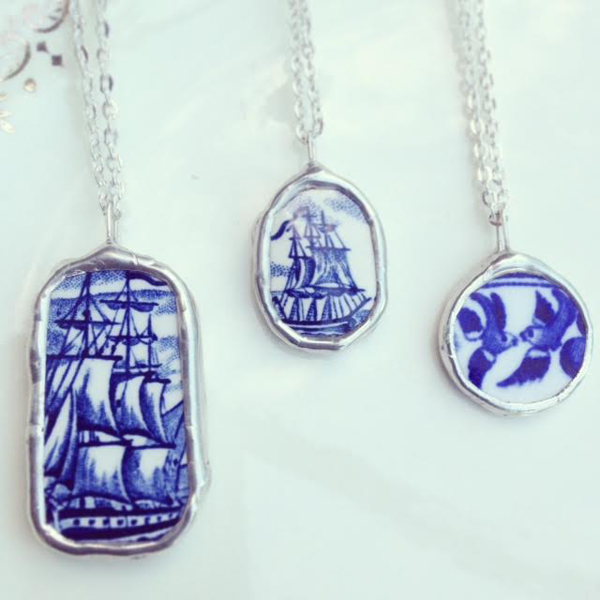
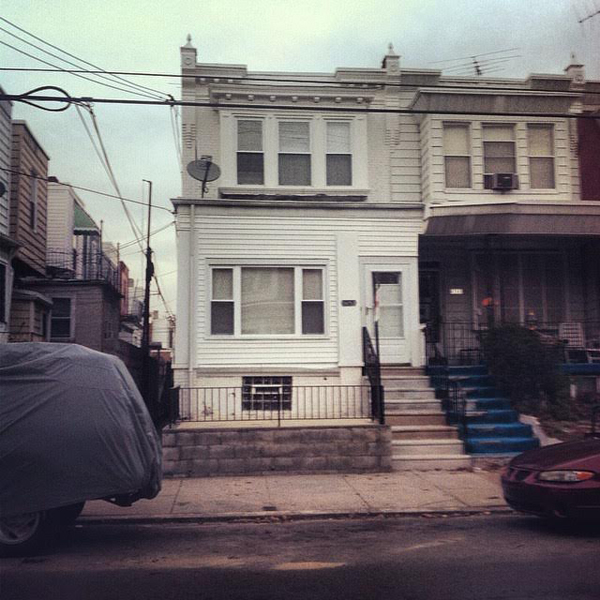
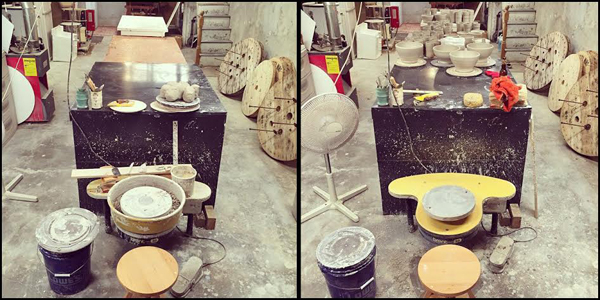
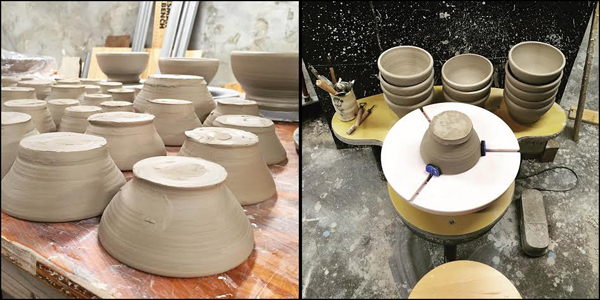 when i started making pots under Stanley Chester & Albert about two and a half years ago, i had almost 15 years working as a ceramic artist under my belt, including a BFA and an MFA in ceramic sculpture. i started SC&A with a very simple premise: to produce well made vessels that would be accessible to a diverse audience and appeal to a population of people who normally didn’t buy handmade pots. with that in mind, i decided to stick to simple forms like bowls and cups – things that could be used in a variety of ways and be at home in any domestic environment.
when i started making pots under Stanley Chester & Albert about two and a half years ago, i had almost 15 years working as a ceramic artist under my belt, including a BFA and an MFA in ceramic sculpture. i started SC&A with a very simple premise: to produce well made vessels that would be accessible to a diverse audience and appeal to a population of people who normally didn’t buy handmade pots. with that in mind, i decided to stick to simple forms like bowls and cups – things that could be used in a variety of ways and be at home in any domestic environment.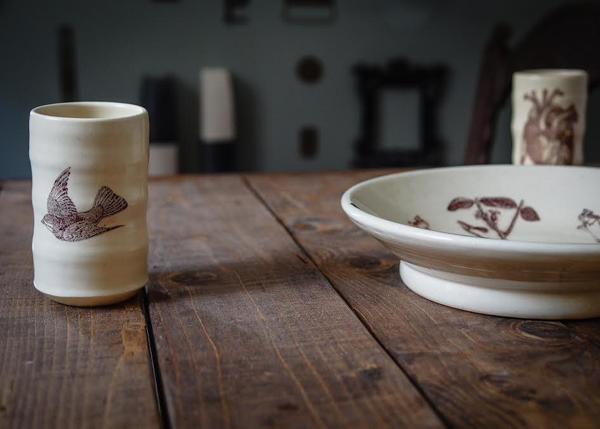 i’ve always been in love with vintage imagery, pop culture and snark, and the unexpected ways they can be combined. as for putting them on pots, it all started about seven years ago when i was still in grad school. i made a vase for a friend’s birthday: on one side was a dead flower, and the other said “BITCH PLS”. no one around me really got why it was funny, but i thought it was hilarious at the time (and still do). ceramics sometimes has a tendency to be overly formal and serious, so i love to disrupt that expectation.
i’ve always been in love with vintage imagery, pop culture and snark, and the unexpected ways they can be combined. as for putting them on pots, it all started about seven years ago when i was still in grad school. i made a vase for a friend’s birthday: on one side was a dead flower, and the other said “BITCH PLS”. no one around me really got why it was funny, but i thought it was hilarious at the time (and still do). ceramics sometimes has a tendency to be overly formal and serious, so i love to disrupt that expectation.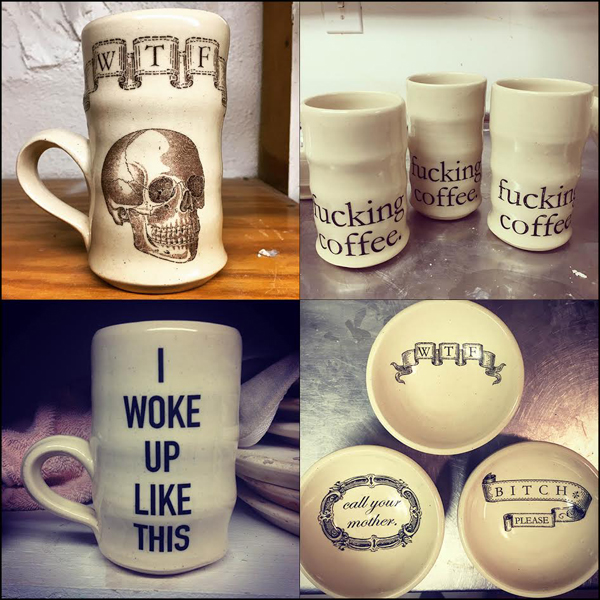 most everything i make starts on the potters’ wheel, thrown by yours truly. i favor simple, elemental forms. everything is thrown generously and has a solid weight and heft to it. i want these pieces to stand up to daily use in your home, not put on a shelf only to be admired.
most everything i make starts on the potters’ wheel, thrown by yours truly. i favor simple, elemental forms. everything is thrown generously and has a solid weight and heft to it. i want these pieces to stand up to daily use in your home, not put on a shelf only to be admired.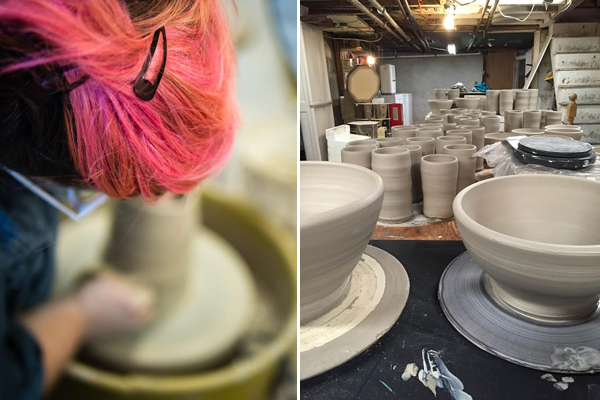 after the pots are trimmed and dried, they are bisque fired to 1860 degrees, and then glazed and fired again to 2232 degrees. almost everything i make is dipped in a clear glaze to allow the clay body (which is a really delicious speckled while stoneware) to shine through. i try to keep glazing very simple, mostly because i really hate glazing, but also because i’m more interested in using the vessel as a blank canvas for the images i apply.
after the pots are trimmed and dried, they are bisque fired to 1860 degrees, and then glazed and fired again to 2232 degrees. almost everything i make is dipped in a clear glaze to allow the clay body (which is a really delicious speckled while stoneware) to shine through. i try to keep glazing very simple, mostly because i really hate glazing, but also because i’m more interested in using the vessel as a blank canvas for the images i apply.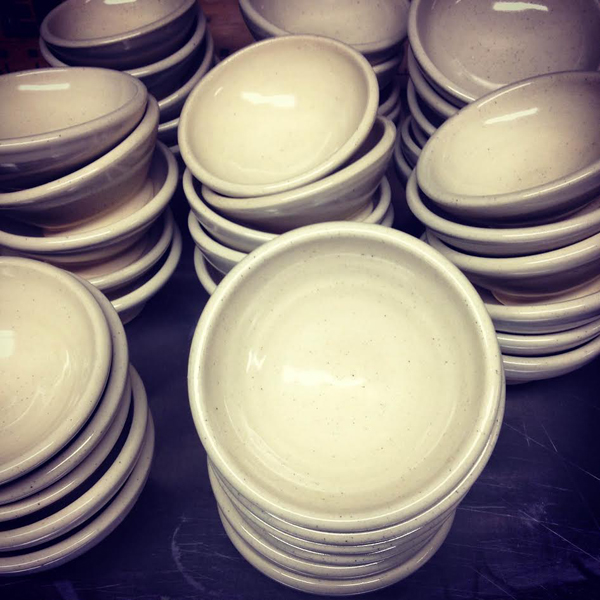 i was introduced to the waterslide decal process by my colleague and friend, Sharon Bartmann. i immediately saw the possibility of decals and ended up running with it like mad. i source my images from copyright free and vintage websites and books, in particular the Dover series of illustration books, which compiles a huge variety of images in one place. after scanning or downloading, i play with the images in Photoshop a bit, adjusting contrast, brightness, proportion and orientation. because of the way the printer works, high contrast images without a lot of shades of gray work best.
i was introduced to the waterslide decal process by my colleague and friend, Sharon Bartmann. i immediately saw the possibility of decals and ended up running with it like mad. i source my images from copyright free and vintage websites and books, in particular the Dover series of illustration books, which compiles a huge variety of images in one place. after scanning or downloading, i play with the images in Photoshop a bit, adjusting contrast, brightness, proportion and orientation. because of the way the printer works, high contrast images without a lot of shades of gray work best.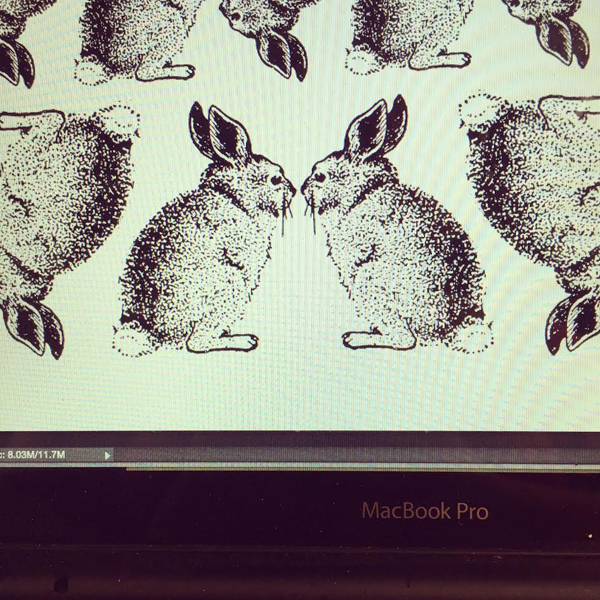
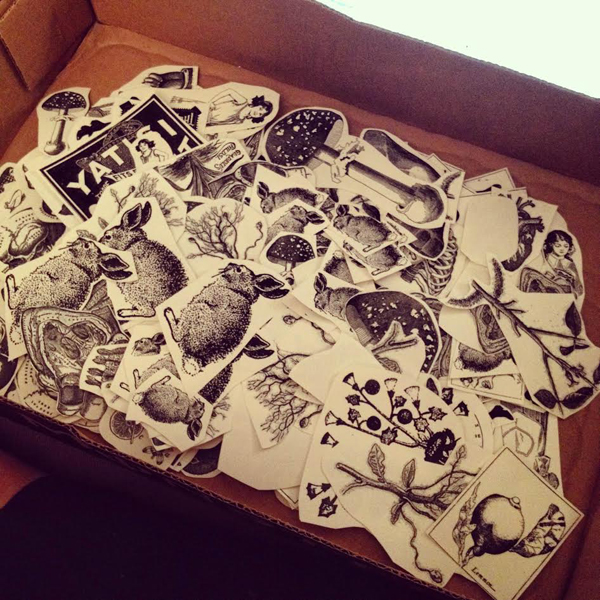
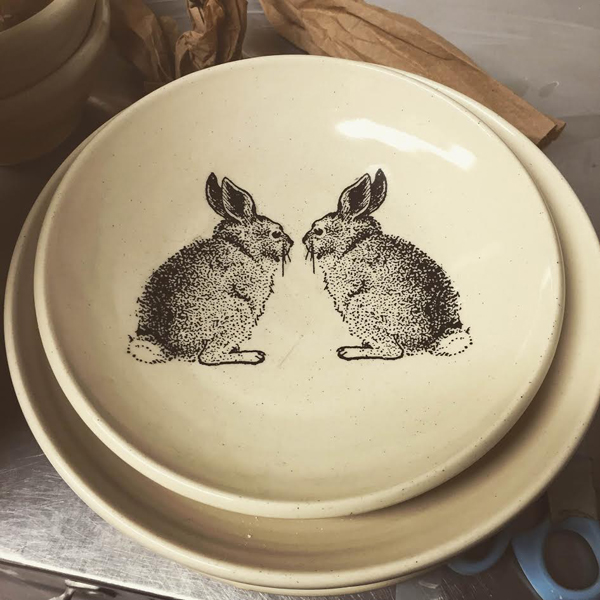
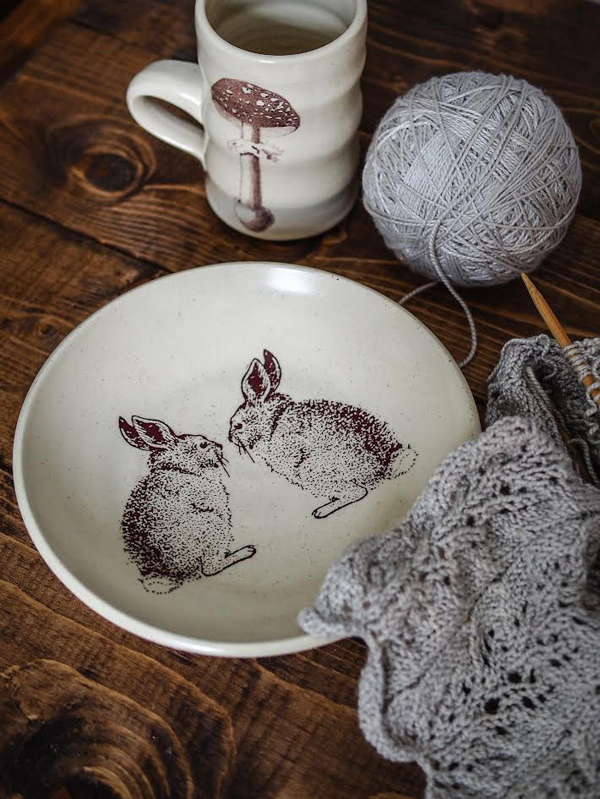 once i have the image the way i want it in Photoshop, i print it out using a special printer and special decal paper. from there, i cut out the image, put it in water, and then affix the cellophane image to the vessel. it’s fired once more to permanently bond the image to the glaze. although the images are printed with black ink, once they are fired they turn a lovely reddish brown sepia color. with that aesthetic in mind, i gravitated toward imagery from the Victorian and Edwardian eras. i love anatomy and so skulls, hearts, bones and brains frequently find their way onto my work.
once i have the image the way i want it in Photoshop, i print it out using a special printer and special decal paper. from there, i cut out the image, put it in water, and then affix the cellophane image to the vessel. it’s fired once more to permanently bond the image to the glaze. although the images are printed with black ink, once they are fired they turn a lovely reddish brown sepia color. with that aesthetic in mind, i gravitated toward imagery from the Victorian and Edwardian eras. i love anatomy and so skulls, hearts, bones and brains frequently find their way onto my work.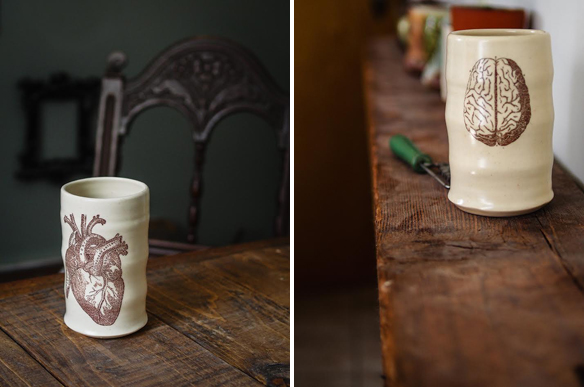
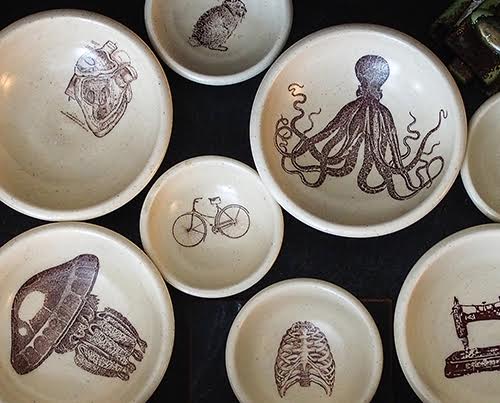
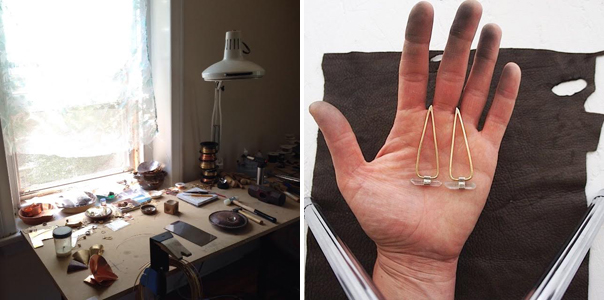 My process reflects how I try to live my life, figuring it out as I go and making decisions that look and feel right in the moment. I find amazing things happen when I let go of a plan and allow the moment to inspire me. It is this reason my designs are constantly changing and morphing into something new and current. It keeps me interested and excited about my work.
My process reflects how I try to live my life, figuring it out as I go and making decisions that look and feel right in the moment. I find amazing things happen when I let go of a plan and allow the moment to inspire me. It is this reason my designs are constantly changing and morphing into something new and current. It keeps me interested and excited about my work.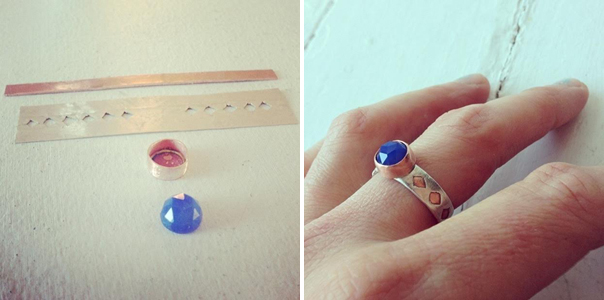 I love what I do and I hold that intention as I create, and in turn I believe my work retains those positive vibes.
I love what I do and I hold that intention as I create, and in turn I believe my work retains those positive vibes.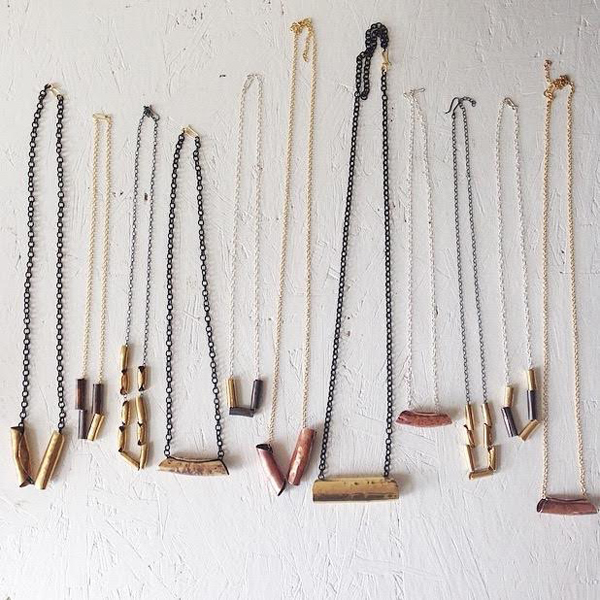
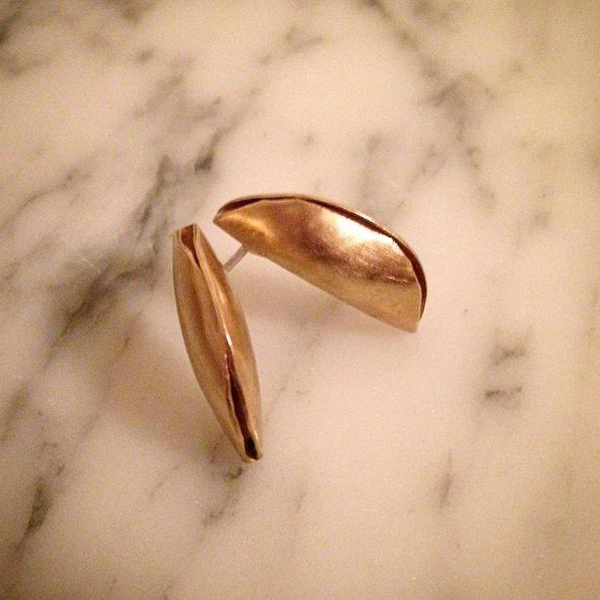
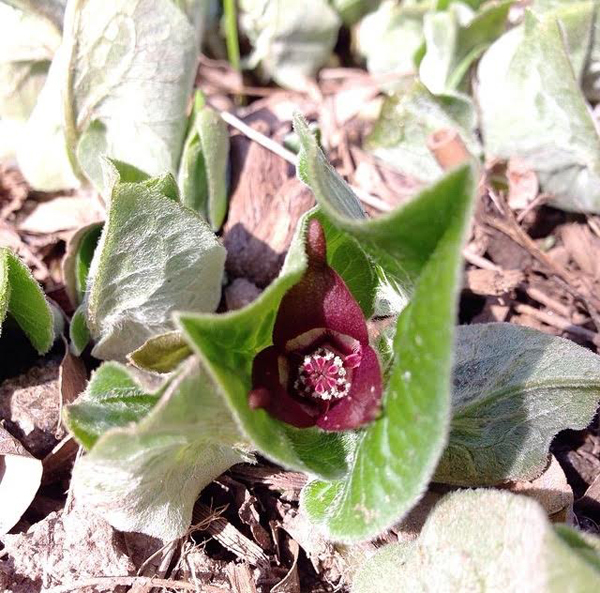 I am constantly influenced, motivated and challenged by all the amazing makers and artists out there. Appreciating other people’s work and building relationships with those on a similar path really helps to keep me going. I am also continually moved by the support and feedback I receive from family, friends and fans. I truly love the opportunity to meet new, interested people when I am out at a show.
I am constantly influenced, motivated and challenged by all the amazing makers and artists out there. Appreciating other people’s work and building relationships with those on a similar path really helps to keep me going. I am also continually moved by the support and feedback I receive from family, friends and fans. I truly love the opportunity to meet new, interested people when I am out at a show.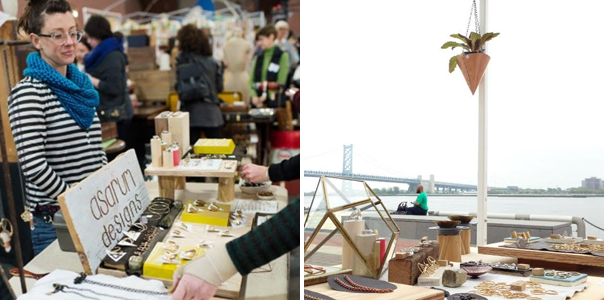
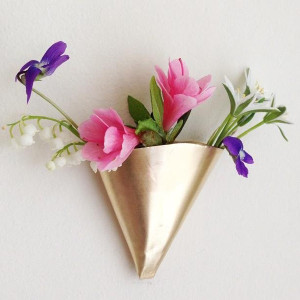 By signing up for the newsletter
By signing up for the newsletter 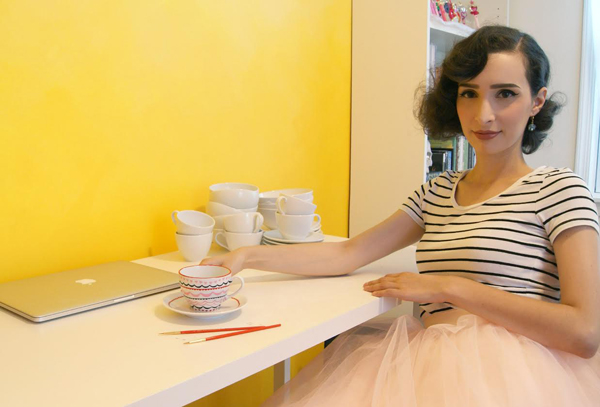
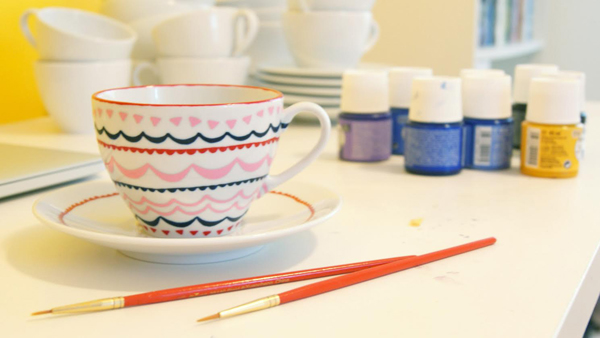
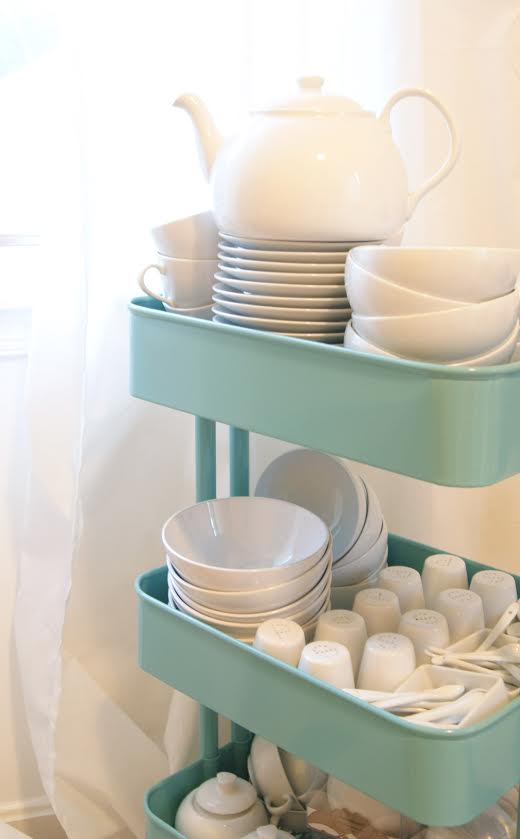
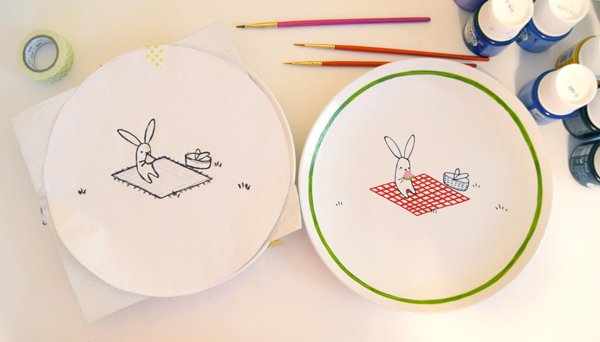
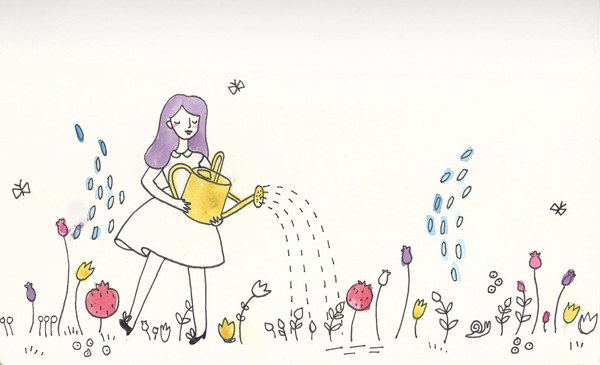
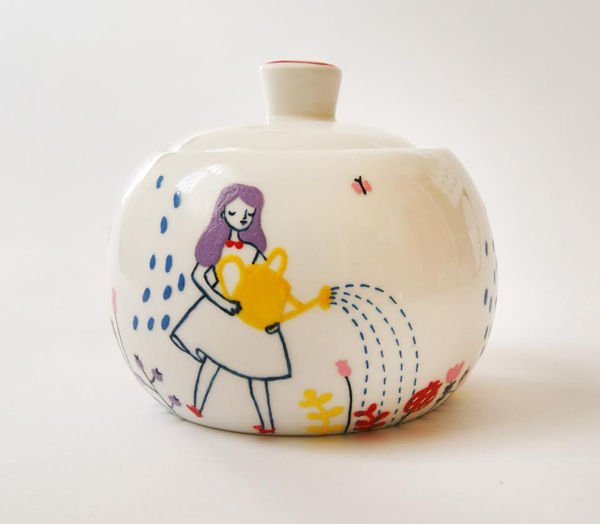
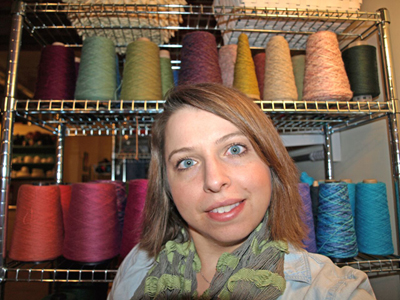 My studio is in a giant live/work industrial loft at Western Avenue Studios & Lofts in Lowell, MA, a complex of historic mill buildings that are home to over 300 artists. Lowell was the birthplace of the American Industrial Revolution and there are dozens, maybe hundreds, of old mill buildings that have been transformed into studios, condos, schools, restaurants, and small businesses.
My studio is in a giant live/work industrial loft at Western Avenue Studios & Lofts in Lowell, MA, a complex of historic mill buildings that are home to over 300 artists. Lowell was the birthplace of the American Industrial Revolution and there are dozens, maybe hundreds, of old mill buildings that have been transformed into studios, condos, schools, restaurants, and small businesses.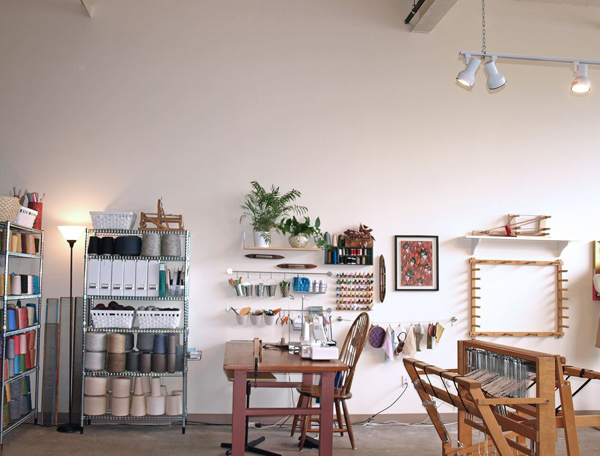 A lot of artists and craft hobbyists talk about their tendencies to hoard fabrics, beads, paint, pretty much any kind of supply they can get their hands on. Here at Loomination, it’s all about the yarn. I usually have about 250-300 pounds of yarn on hand, and I use it up really fast!
A lot of artists and craft hobbyists talk about their tendencies to hoard fabrics, beads, paint, pretty much any kind of supply they can get their hands on. Here at Loomination, it’s all about the yarn. I usually have about 250-300 pounds of yarn on hand, and I use it up really fast!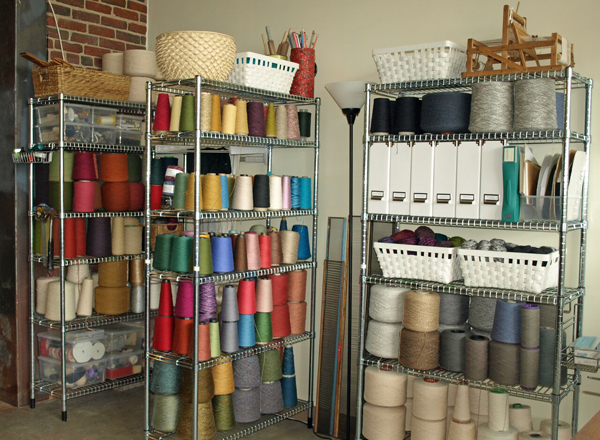 Every product I create is made using fabric that I have woven myself. I start with the yarn (of course!) and thread it on to my vintage handloom, a huge wooden machine that is operated by hand. It can take up to 8 hours for me to prepare the loom before the actual weaving can begin. After the fabric is woven, the next step is to wash and shrink it before sewing into the final product. The fabric shrinks A LOT, usually 15-25% for most pieces, although it depends on the fibers I’m using. Calculating shrinkage is a big part of the process.
Every product I create is made using fabric that I have woven myself. I start with the yarn (of course!) and thread it on to my vintage handloom, a huge wooden machine that is operated by hand. It can take up to 8 hours for me to prepare the loom before the actual weaving can begin. After the fabric is woven, the next step is to wash and shrink it before sewing into the final product. The fabric shrinks A LOT, usually 15-25% for most pieces, although it depends on the fibers I’m using. Calculating shrinkage is a big part of the process.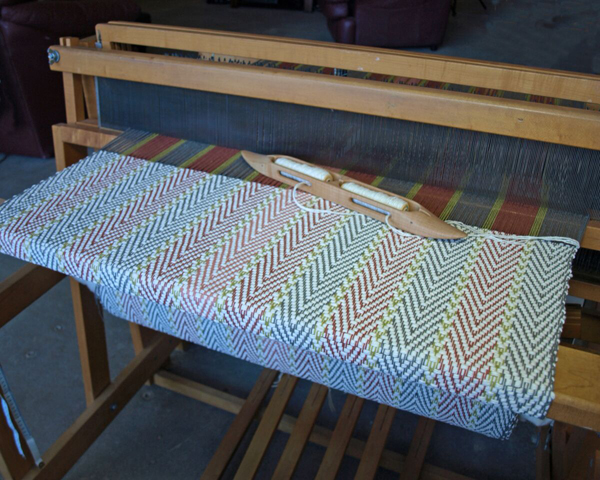 My newest collection of tableware – tea towels, placemats, and table runners – is what I’ve mostly been working on lately. I just started making placemats a few months ago and I’m a bit obsessed with them – there are so many different color combinations that I’ve been dying to try. Most of my home textiles are inspired by vintage feed sacks and ticking fabrics, everyday designs that are timeless and classic.
My newest collection of tableware – tea towels, placemats, and table runners – is what I’ve mostly been working on lately. I just started making placemats a few months ago and I’m a bit obsessed with them – there are so many different color combinations that I’ve been dying to try. Most of my home textiles are inspired by vintage feed sacks and ticking fabrics, everyday designs that are timeless and classic.
 I’m really excited to participate in the
I’m really excited to participate in the 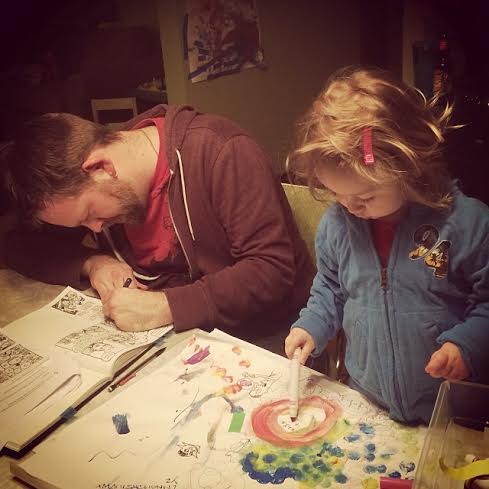
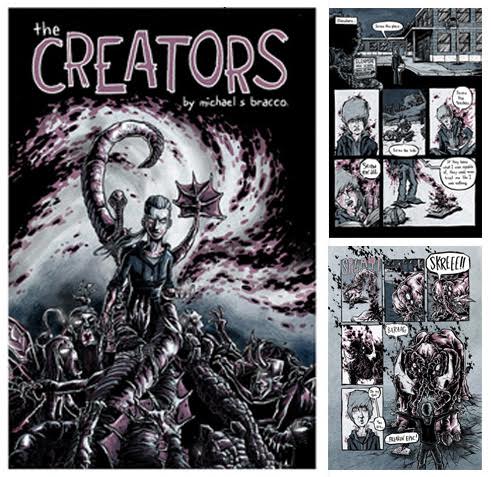
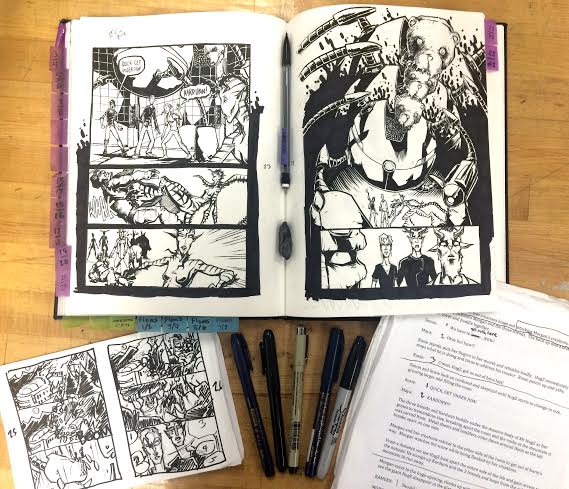
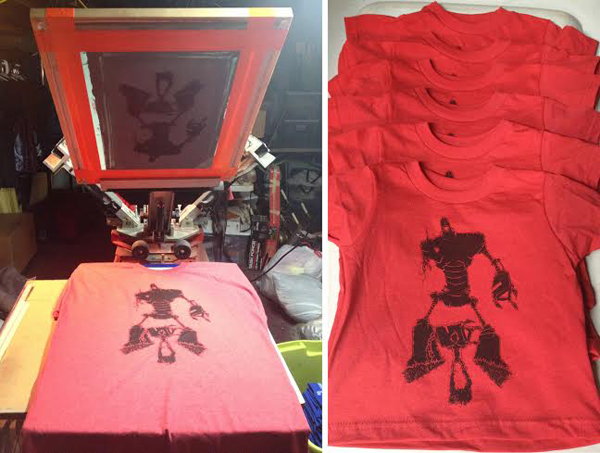
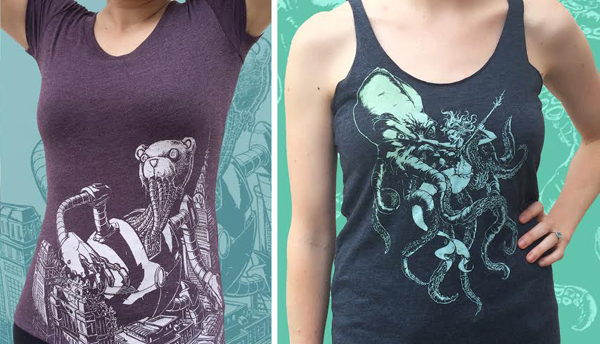
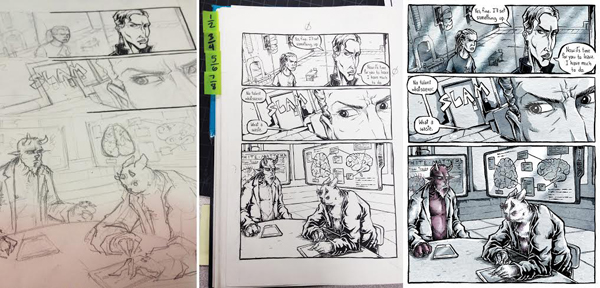



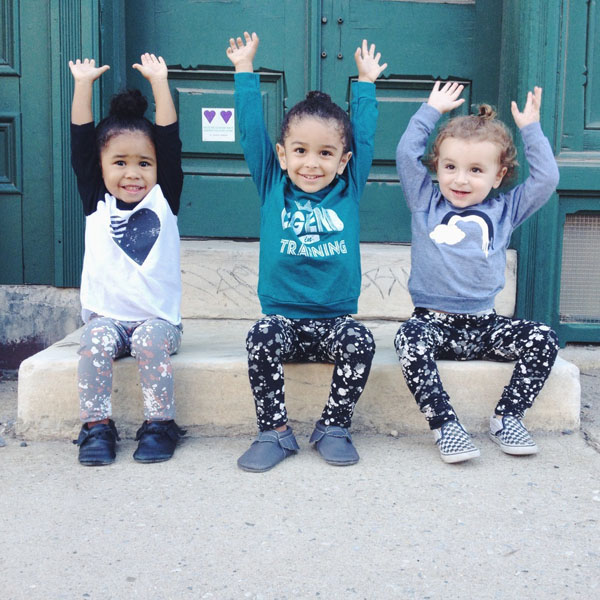 We are so excited to be carrying local Philly baby/toddler line, Sweet Luka Mo! AND, Art Star will be the only brick n’ mortar shop in the area where you can find the popular eco-friendly brand!
We are so excited to be carrying local Philly baby/toddler line, Sweet Luka Mo! AND, Art Star will be the only brick n’ mortar shop in the area where you can find the popular eco-friendly brand!